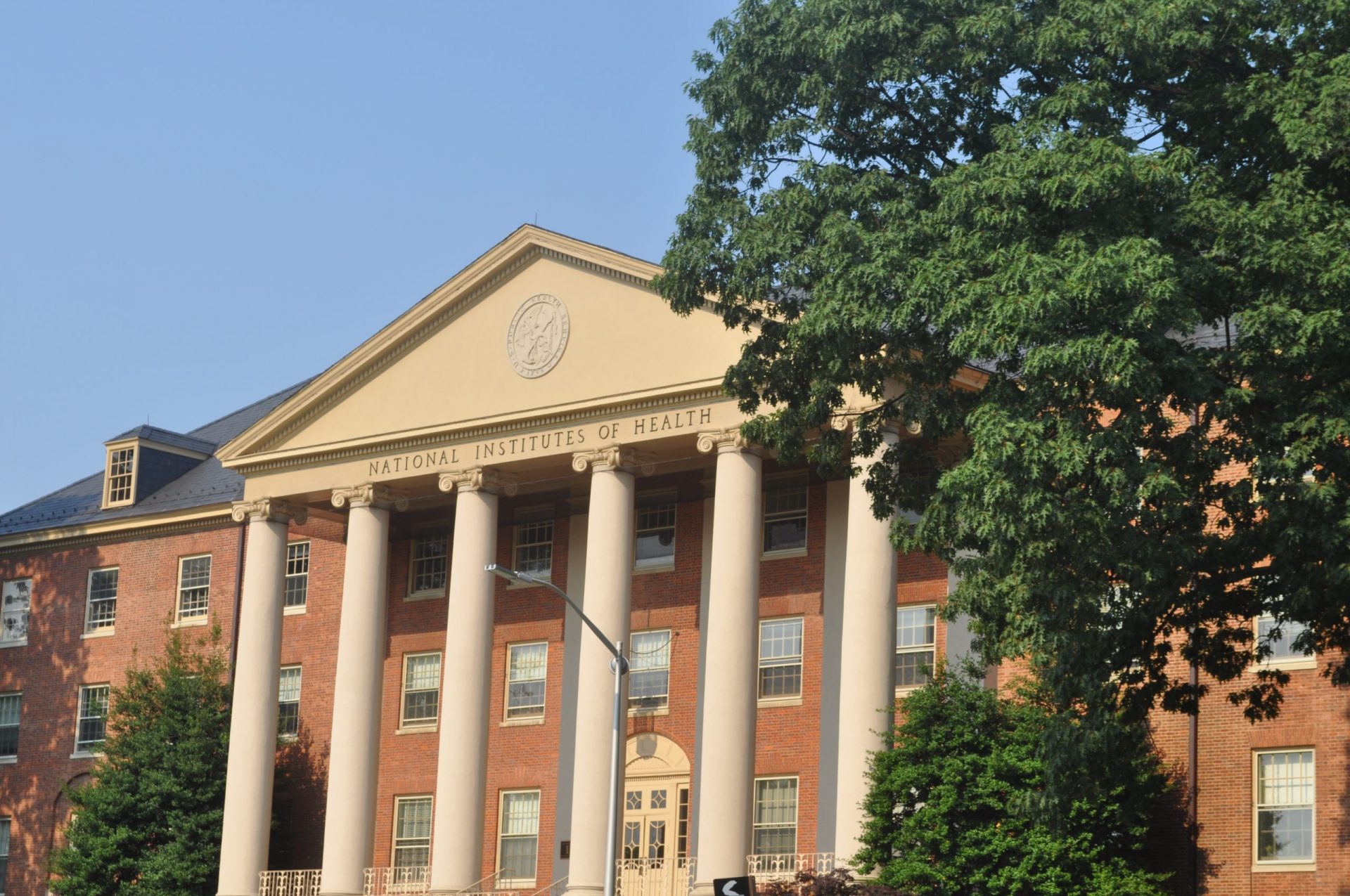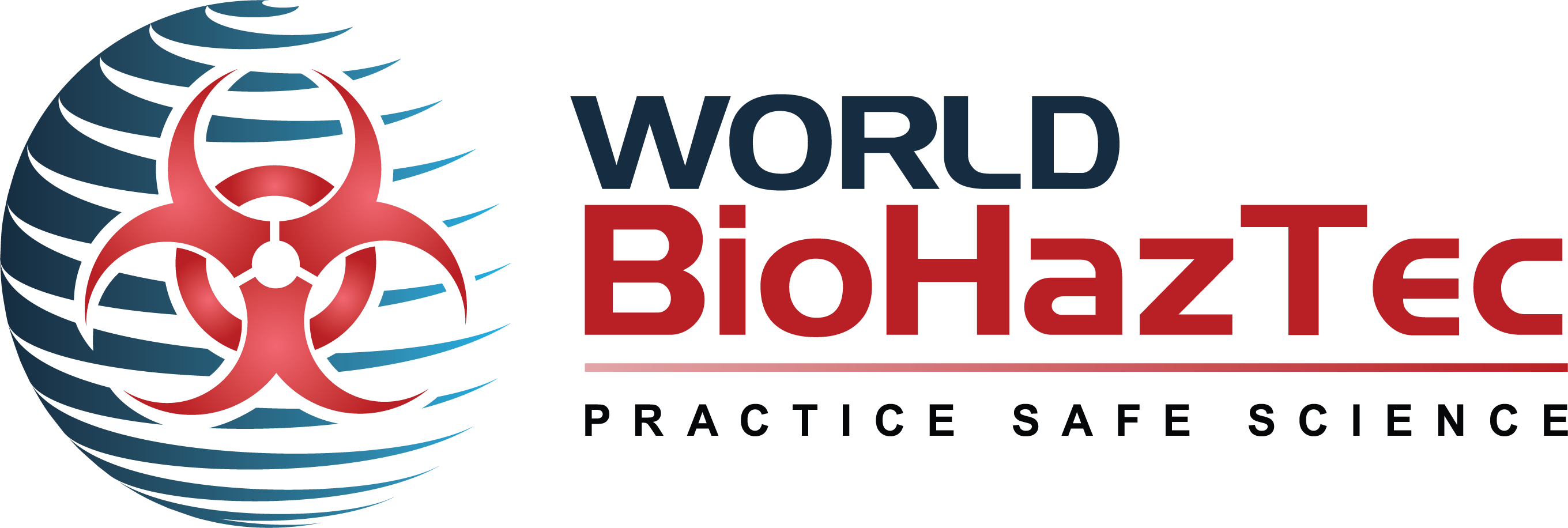Region:
USA Asia Latin America

Special Clinical Studies Unit
June 10, 2020
Integrated Research Facility at Hamilton, Montana
August 30, 2018
NATIONAL INSTITUTES OF HEALTH
INTEGRATED RESEARCH
FACILITY
Fort Detrick, Maryland, USA
WORLD BIOHAZTEC
We are your partner in
achieving groundbreaking
research while practicing
safe science.
The $105 million National Institute of Allergies and Infectious Diseases (NIAID), Integrated Research Facility (IRF) at Fort Detrick in Maryland was created to carry out biodefense research needed to understand microbial-induced disease for the National Institutes of Health (NIH).The facility features BSL-2, BSL-3, and BSL-4 biological containment laboratories, with unique aerobiology and BSL-4 imaging. The IRF will provides 11,125 square feet of secure research space for 30 investigators. This is the first BSL-4 facility designed to contain MRI imaging technologies within a containment space, and was the fifth operational BSL-4 laboratory suite in the United States.
11,125
Gross Square Feet
Research Space
$105 Million
Construction Costs
BSL-4
ABSL-3
BSL-3
Containment Levels
Project Details
In collaboration with the NIAID and the U.S. Army, World BioHazTec’s professionals provided consulting services on the design, construction and commissioning and certification of the IRF. Located on the National Interagency Biodefense Campus at Fort Detrick, the design of the facility had to comply with the U.S. Army standards and regulations. The project was part of the U.S. Army Garrison Commander’s focal point for providing sustainable operations support and environmental stewardship to facility the sustainment of vital public health interests. Biodefense research commenced at the facility in 2013. IRF contains BSL-2, BSL-3, ABSL-3, and BSL-4, Vivarium, and Imaging Suite that researches Plague, Rabies, Tick-Borne Encephalitis, West Nile virus disease, Influenza, Anthrax, Ebola virus hemorrhagic fever, HIV, Tuberculosis, and Transmissible spongiform encephalopathy, and Q fever. This is the first BSL-4 laboratory designed to contain imaging equipment within a containment suite. Research is conducted on nonhuman primates, mice, and ferrets.
World BioHazTec’s professionals served as the biocontainment subject matter expert representative for the NIH, Division of Occupational Health and Safety during the design and construction of the facility. World BioHazTec was tasked to provide peer review and expert consultation on the detailed design (15%, 35%, 65% and 95% architectural and engineering drawings and specifications) to meet all biocontainment regulations. Through periodic site construction assessments, World BioHazTec’s professionals evaluated the BSL-3 and BSL-4 laboratories ability to be validated. World BioHazTec attended progress meetings and served as an Owner’s Advocate on behalf of the NIH. World BioHazTec consulted on verifying the effluent decontamination system (EDS). While commissioning testing was conducted, World BioHazTec’s professionals witnessed the testing to verify if the results would meet biocontainment regulations and standards. A precertification test was conducted by World BioHazTec to ensure that the HVAC failure scenarios ran per the design. In conjunction with the NIH, Division of Occupational Health and Safety, WBHT’s professionals coordinated and conducted the annual certification. World BioHazTec performs HVAC verification for the BSL-3 and BSL-4 laboratories annually. Pressure decay testing is also conducted quarterly for specific quadrants. The IRF Operations and Maintenance Personnel have received training by World BioHazTec’s professionals that address BSL-4 design, certification and preventative maintenance.
World BioHazTec’s professionals served as the biocontainment subject matter expert representative for the NIH, Division of Occupational Health and Safety during the design and construction of the facility. World BioHazTec was tasked to provide peer review and expert consultation on the detailed design (15%, 35%, 65% and 95% architectural and engineering drawings and specifications) to meet all biocontainment regulations. Through periodic site construction assessments, World BioHazTec’s professionals evaluated the BSL-3 and BSL-4 laboratories ability to be validated. World BioHazTec attended progress meetings and served as an Owner’s Advocate on behalf of the NIH. World BioHazTec consulted on verifying the effluent decontamination system (EDS). While commissioning testing was conducted, World BioHazTec’s professionals witnessed the testing to verify if the results would meet biocontainment regulations and standards. A precertification test was conducted by World BioHazTec to ensure that the HVAC failure scenarios ran per the design. In conjunction with the NIH, Division of Occupational Health and Safety, WBHT’s professionals coordinated and conducted the annual certification. World BioHazTec performs HVAC verification for the BSL-3 and BSL-4 laboratories annually. Pressure decay testing is also conducted quarterly for specific quadrants. The IRF Operations and Maintenance Personnel have received training by World BioHazTec’s professionals that address BSL-4 design, certification and preventative maintenance.
